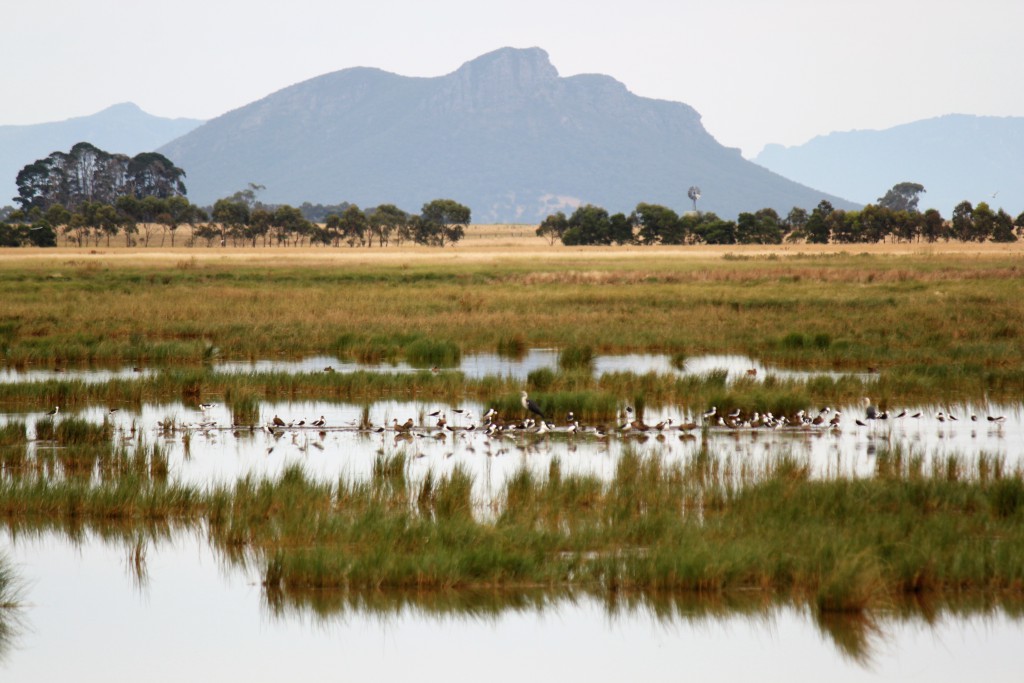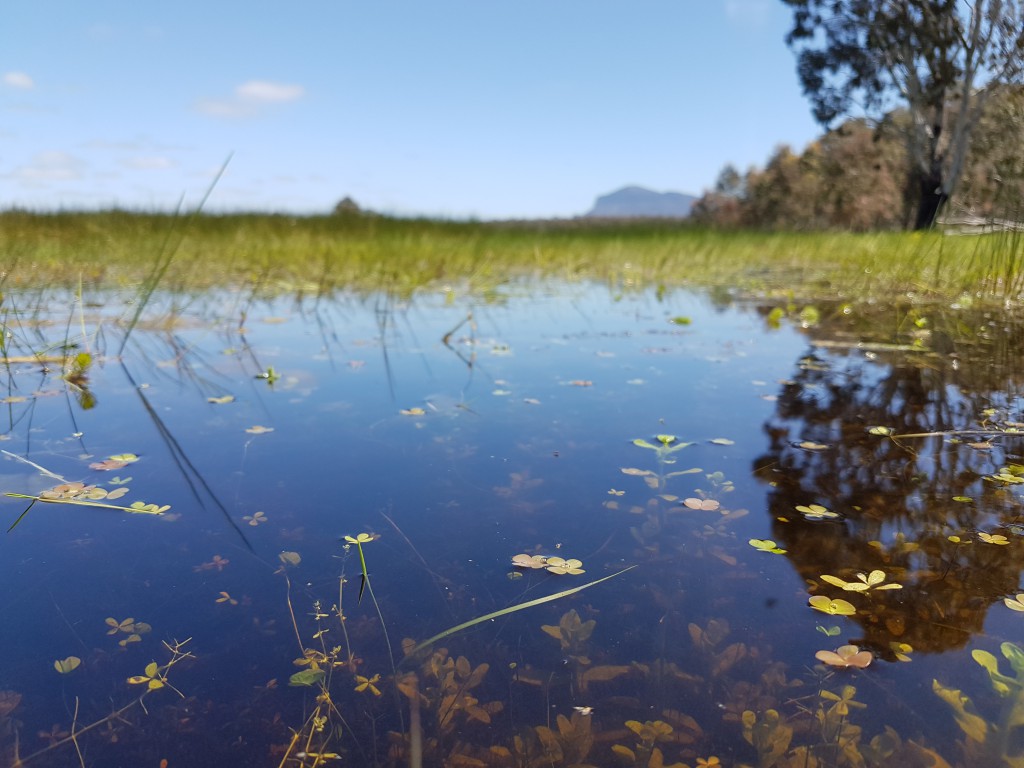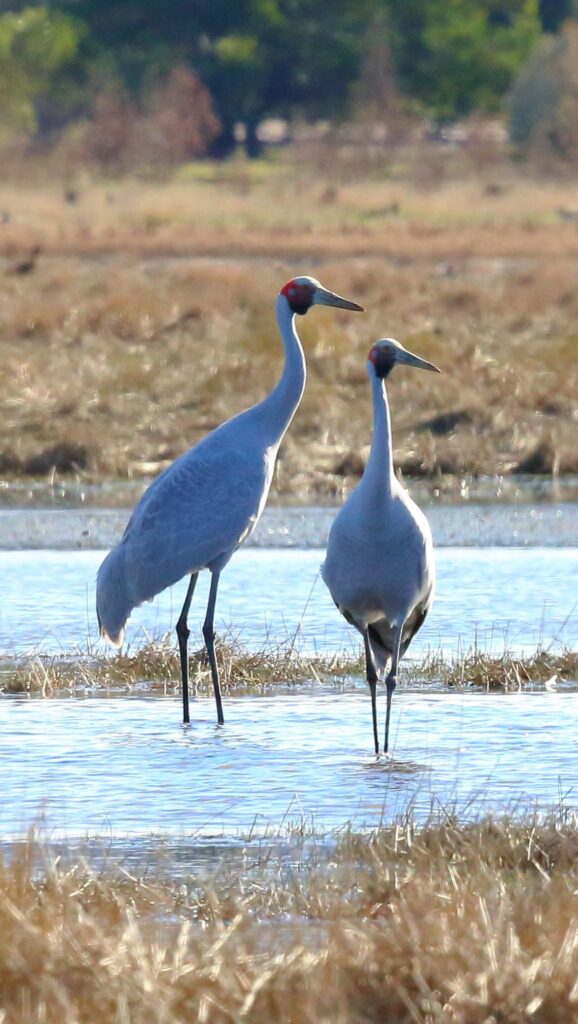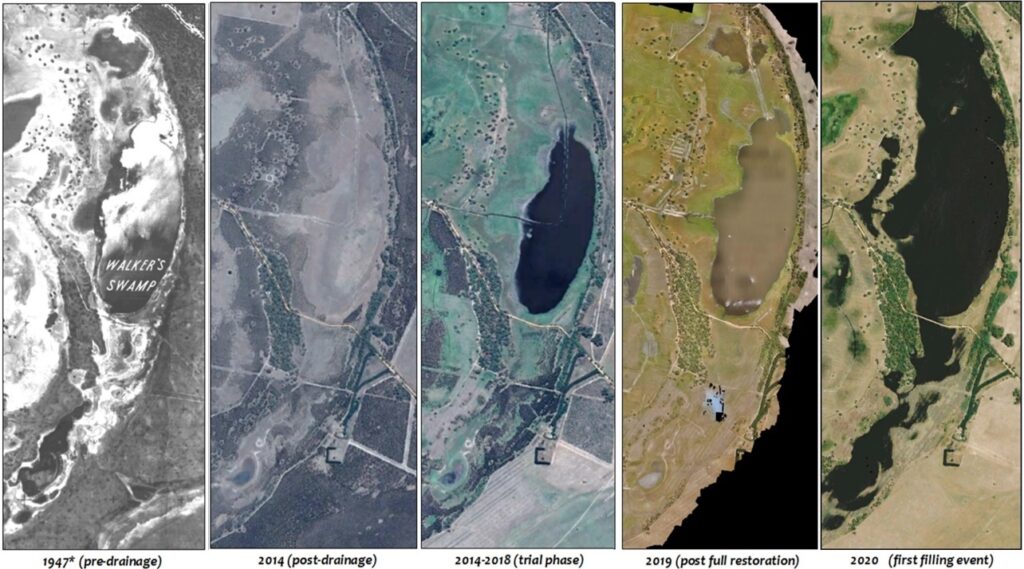Reflecting on 11 years of NGT’s work to restore wetlands
As you may have read in this article, NGT is kicking-off an exciting new phase of wetland restoration action where we will be able to continue our work with farmers, foresters, Traditional Owners and any other landholders across the rural landscape who now find themselves as custodians of previously drained or modified wetlands in need of some care and attention.
(For more information about the new program or to point you in the right direction for your enquiry, please contact Ayesha Burdett, Senior Wetland Restoration Ecologist via email , or call her on 0429 021 500).
At the same time as we look forward to more great wetland restoration stories to come, this article is about taking a moment to reflect on our long history of working alongside and supporting private landholders to rehydrate our landscape.
So where better to begin than right back at the start, when NGT’s first wetland restoration program was awarded Australian Government grant funding exactly 11 years ago, in May 2012?
As you will see in this article a short time later, in August 2012, this 5-year program enabled us to employ Lachlan Farrington (now our Principal Ecologist) as NGT’s first dedicated Wetland Restoration Ecologist. By the end of that program in 2017, NGT had undertaken wetland restoration works at a total of 18 wetlands (across 16 properties) improving wetland biodiversity on 807 hectares of land in Victoria and South Australia. Just one of the sites we restored during this time was Scale Swamp, near Dunkeld, which over subsequent years has undergone a remarkable transformation.
These are the type of results that inspired us to do more!
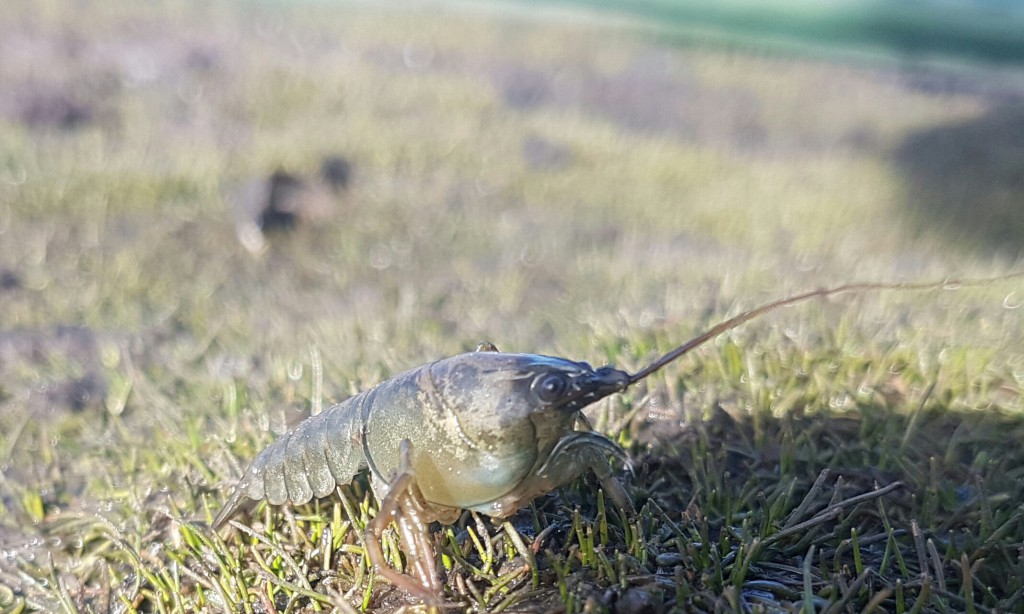
A short time later, thanks to the follow-up funding support of various Victorian Government programs from 2017-2022, we delivered a number of further wetland restoration projects in western Victoria. These projects targeted key areas of the landscape within the range of a number of threatened aquatic species, and resulted in more than 400 hectares of additional wetlands restored, across several more sites on private and public land. Some of these restored sites ended up providing immediate habitat for recovering populations of threatened species, including fish, frogs, and birds. For a private land example, on a forestry property at Yakkum Downs, please see the final part of this story from 2018.
Along the way, we have also worked on some fascinating sites where wetland features straddled private land and an adjacent public reserve, where private land was the critical piece in the puzzle that was needed for restoration action to take place. For example, places like Brady Swamp and Kerr Swamp, both required the consent and agreement of two adjacent private landholders to proceed with hydrological restoration works.
Other wetland sites straddling private and public land were slightly simpler and only involved working with a single landholder. Such sites include two very special examples – Green Swamp and Walker Swamp, now NGT Reserves – that first began as collaborative restoration projects with the previous private owners to initiate these projects.
Green Swamp
We began working towards the full restoration of Green Swamp back in 2013, and it took a few years before the first decent flows arrived in August 2016, followed by a significant filling event in spring that year. A few years later in 2020 and thanks to the support of the previous landholder (Warrembool Pastoral Co. Pty Ltd, who are livestock producers), this site became a permanent NGT reserve, and is now a key Brolga flocking site. The ongoing management of this site is now also supported by the Baird-McLean Antigone Fund in the NGT Foundation. To see how Green Swamp has been looking more recently, after the big flows of late 2022, this update may be of interest.
Walker Swamp
Our original, temporary, low-level restoration trial at Walker Swamp that commenced back in 2014, only occurred thanks to the foresight of Darren Shelden, who was the General Manager of Macquarie Forestry at the time. Back then, Macquarie owned the entire Walker Swamp property (along with a much wider estate towards Glenthompson), after converting the entire area to blue gum plantations several years earlier, as part of a Managed Investment Scheme. Even though the initial restoration trial was restricted in how much of the property we could inundate (to protect the surrounding plantations prior to harvest) it was the seed from which this award-winning project has since grown, providing the impetus for NGT to secure the site in 2018, and eventually enable the full restoration of the swamp and its surrounding floodplain.
For anyone who may only have come across NGT and our work more recently via our fundraiser to expand this reserve, this is how the Walker Swamp story began!
Across the border in South Australia, and our journey working with private landholders over the past decade has led to some fantastic outcomes at a variety of places. Here are just a few examples of those projects and the people who have made them possible:
- the Ellison family and Mt Burr Swamp
- the owners of private portions of Square Waterhole Swamp (Andrew and Sophie Peresano) and Glenshera Swamp (Chris and Helen Harvey) on the Fleurieu Peninsula
- the Brinkworth family and Wetlands and Wildlife, whose consent and support was required to achieve the restoration of Tilley Swamp.

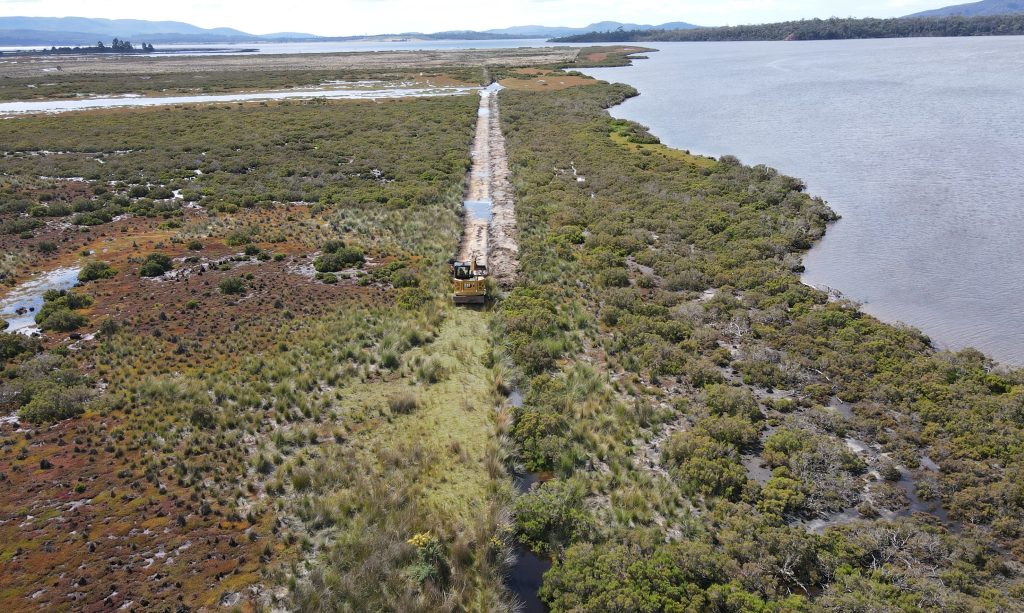
In recent years, we’ve also been invited to work with some wonderful private landholders in the other south-eastern Australian states. A couple of examples include the Bandjalang Traditional Owners in northern New South Wales and neighbours of the Moulting Lagoon Ramsar Site on the east coast of Tasmania, where our work continues today.
All up, we’ve now restored more than 60 wetlands across the south-eastern Australian landscape. So as you will see from all of these stories, which is just the tip of the iceberg, we really enjoy finding common ground and working alongside people – from all industries, backgrounds and walks of life.
So if you, like us, are interested in practical environmental solutions and returning more water to the landscape on your property, then we probably have a good reason to catch up!
For more information, please contact the relevant NGT wetland restoration ecologist, based in your state:
Victoria:
Ayesha – (0429 021 500)
South Australia:
Ben – (0434 620 646)
Tasmania:
Bec – (0407 471 453)
National:
Mark – (0421 97 8181)
The Wetland Restoration Program on private land is an initiative of Nature Glenelg Trust.

